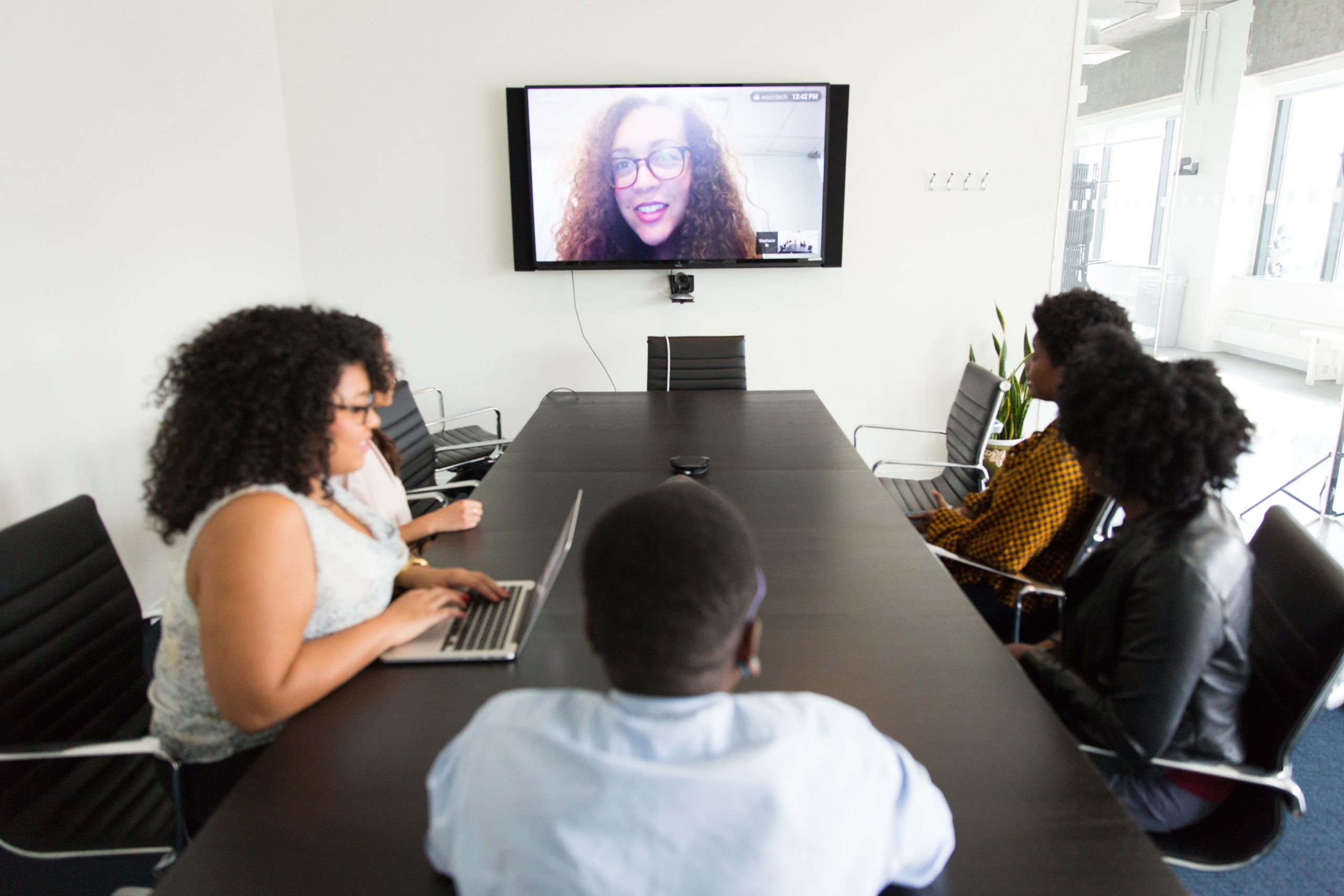So, so much has happened since my last blog in February. We’ve experienced a worldwide pandemic declaration, “stay at home” directives, social distancing, work stoppages/shutdowns, furloughs, virtual classrooms and workspaces, incessant doom/gloom reporting on all social media platforms and news outlets, and even worse, daily displays of the poorest leadership practices and decision-making from all levels of national/state/local government.
What the hell is going on? When will we ever get back to “normal”?

As some of you know, I’m pursuing my EdD at the University of Pennsylvania. After one of my virtual doctoral classes last month, a cohort member reached out to classmates for recommendations on how they could conduct quarterly performance management check-ins with their team members during this unprecedented pandemic period. Below are the three specific questions my classmate asked, followed by my recommendations (two cents) in italics.
-
- How do I have this discussion?
It’s tough, especially since you’re addressing performance in times where your people may have little to no control over factors that may be affecting that performance and their numbers. But these discussions should still be done because it’s part of a leader’s job, and a leader must keep their workers focused on the long-term goals…however chaotic those may be right now.
It’s ok to highlight that company leadership may not have all the answers, and that mistakes may be made, but that all hands are working hard together…
What I recommend is to do your best to stay on schedule, keep it simple, state the facts, and try not to speculate too much on the future. Most importantly, try, try, try to keep any/all emotion out of it. This is very hard to do, but it must be done. Some empathy is ok since you may be experiencing the same fears/uncertainties that everyone else is, but that should only go so far.
2. Is this even important considering what’s going on in the world?
My two cents are “Yes.” As a leader/manager/supervisor, you must do your best to keep your people focused and remind them of what is expected of them…even in crisis. They (and you) have a job to do, and all contribute towards business continuity and, ultimately, company resiliency when societal “normal” returns.
3. Do you even care (person vs. production)?
Leader empathy can work well here, but only to a point. Leaders should keep their eyes on the prize (so to speak).

I also offered up a few “dos/don’ts” for their discussions. Specifically:
- “Do” let your people know that everyone (including the company leadership) is experiencing the same trials and tribulations as they are, so they are not alone.
- “Do” start the discussion addressing something positive about their performance.
- “Do” address the facts of their performance. Highlight both the good and the bad, and offer suggestions on ways they could improve (if required).
- “Do” let your people talk (and listen to what they have to say). Let them vent, but remember to quickly get them back on course. Prolonged venting goes nowhere.
- “Do” ask, “How can I help you?” Note: “Don’t” promise something that may be too difficult to keep.
- “Do” let people know that everyone is working hard to do what’s right to get through this unprecedented pandemic. It’s ok to highlight that company leadership may not have all the answers, and that mistakes may be made, but that all hands are working hard together to learn from them, and try not to do them again.
- “Do” end your discussion on a positive note. Highlight victories…however small they may be.
I hope this helps or at least gives you some things to consider. The best “crisis leadership” practice I found while in the military was just being a good listener. Communicate often, and never forget that your people are looking at you for the sanity and common sense required by leaders in crisis.
Stay safe! Together we will get through this!
Talk with you all again in June!



